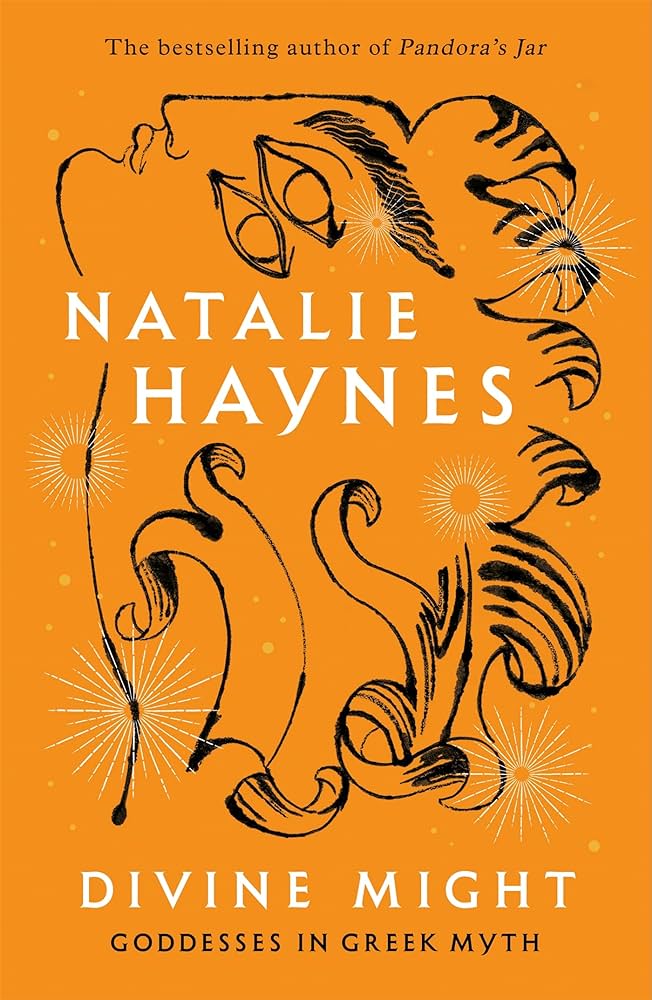The House of the Scorpion
by Nancy Farmer
[button color=”black” size=”big” link=”http://affiliates.abebooks.com/c/99844/77798/2029?u=http%3A%2F%2Fwww.abebooks.com%2Fservlet%2FSearchResults%3Fisbn%3D0689852231″ target=”blank” ]Purchase here[/button]
In a grim but possible future world, a unique boy named Matt experiences a unique childhood, made of equal parts privilege and horror, leading to a unique opportunity to change his world. And in this National Book Award winning novel by the author of the Sea of Trolls series, you get to go along for the ride.
In Matt’s world, the United States and Mexico have found the winning answer to the problems of illegal immigration and illegal drugs. They have created a buffer country between them, a country called Opium, ruled by a group of “farmers” who are really drug lords, and policed by a “farm patrol” that is really a bunch of mercenaries. Hashish, cocaine, and opium are cultivated, officially not to be sold in the U.S. or Mexico, but for the overseas market. People trying to run from what used to be Mexico (now a Marxist dystopia called Aztlán) to the U.S., or from the U.S. to Mexico, must now risk being captured by the Farm Patrol and implanted with a microchip that turns them into “eejits”—zombie-like slaves who are then worked to death in the poppy fields.
The biggest and baddest of the farmers is the 150-year-old Matteo Alacrán, whose name appropriately means “scorpion,” but who is usually called El Patrón. Behind his back, his bodyguards call him “the old vampire,” which is just barely a figure of speech. Although Matt seems like a nice boy, he’s actually a clone of the evil El Patrón. Unique among clones, because El Patrón has the power to break the rules, Matt has been allowed to enjoy as nearly normal a childhood as possible, given that he is the protegé of the richest and most ruthless man in the world, enjoys the luxuries of a mansion modeled on the lifestyle of a century ago, and is nevertheless considered by most people to be no better than cattle. Matt is unique even as clones go, because all other clones are required by law to have their minds destroyed and to live like the animals they are thought to be. As Matt learns with an infuriating slowness that must be put down to willful self-deception, he is just like all other clones in one respect: he exists to provide transplant organs to extend the life of the original, the old vampire himself.
How Matt discovers this, how he escapes, what he experiences in the equally horrifying Aztlán, and what happens when he returns home, are the matter of this book and make it well worth reading. It is a story of love and heartbreak, terror and courage, loneliness and camraderie. Above all it is a story about slavery and the struggle for freedom. The possibility that border control problems, the drug trade, advances in technology, and utopian ideology could combine to form such a dreadful future may be uncomfortable to consider, but this book makes a convincing case that such a potential is there. Even if there are good people in our world like Matt, his friends Maria and Fidelito and Ton Ton, and antislavery crusader Esperanza Mendoza, this book warns us to guard against the many darker realities that we can also recognize in our world. A few small steps would be enough to change the world as we know it into the world as Matt knows it. And that, perhaps, is why this sometimes hopeful, sometimes tender book is also, and above all, so very scary.
This book was a runner-up for the Newbery Medal, Michael A. Printz, Locus, and Mythopoeic awards, in addition to several other honors. It has been recorded as an audio book by at least two different narrators, of whom I heard Robert Ramirez: an actor with a youthful American voice that slips with equal fluency into Spanish cadences and the Scottish lilt of Tam Lin. Meanwhile, Nancy Farmer is also the author of A Girl Named Disaster and The Ear, the Eye, and the Arm.



